Description
Primary Uses
-Enhancing memory and cognition
-Countering fatigue and stress
-Alleviating arthritis symptoms
-Lowering excess cholesterol
-Combating depression
-Prevent overall effects of aging
Facts and Functions
Pregnenolone is often referred to as the grandparent precursor to steroid hormones in mammals. Pregnenolone is synthesized from cholesterol in the mitochondria of adrenal glands. Pregnenolone is also made to a lesser extent in the brain, liver, skin, testes and ovaries. Once synthesized, pregnenolone is released from the mitochondria into the cytosol where it can be converted to DHEA (dehydroepiandrosterone) or to progesterone. DHEA serves as a precursor compound to the androgens and the estrogens through androstenedione as the intermediate compound. Progesterone is the precursor to cortisol, aldosterone, androstenedione, estrogen, and testosterone. Pregnenolone may also be secreted directly into the blood where it circulates primarily as the sulfated form. Pregnenolone has many actions of its own not attributable to its conversion to progesterone or to DHEA. Recent studies show that pregnenolone is important for the function of brain, nervous tissue, liver, pancreas, reproductive tissues, pituitary and skin. † Pregnenolone is found in higher concentrations in the central nervous system compared to the peripheral tissues which may reflect its importance in brain function. As with many hormones, pregnenolone production declines with age.
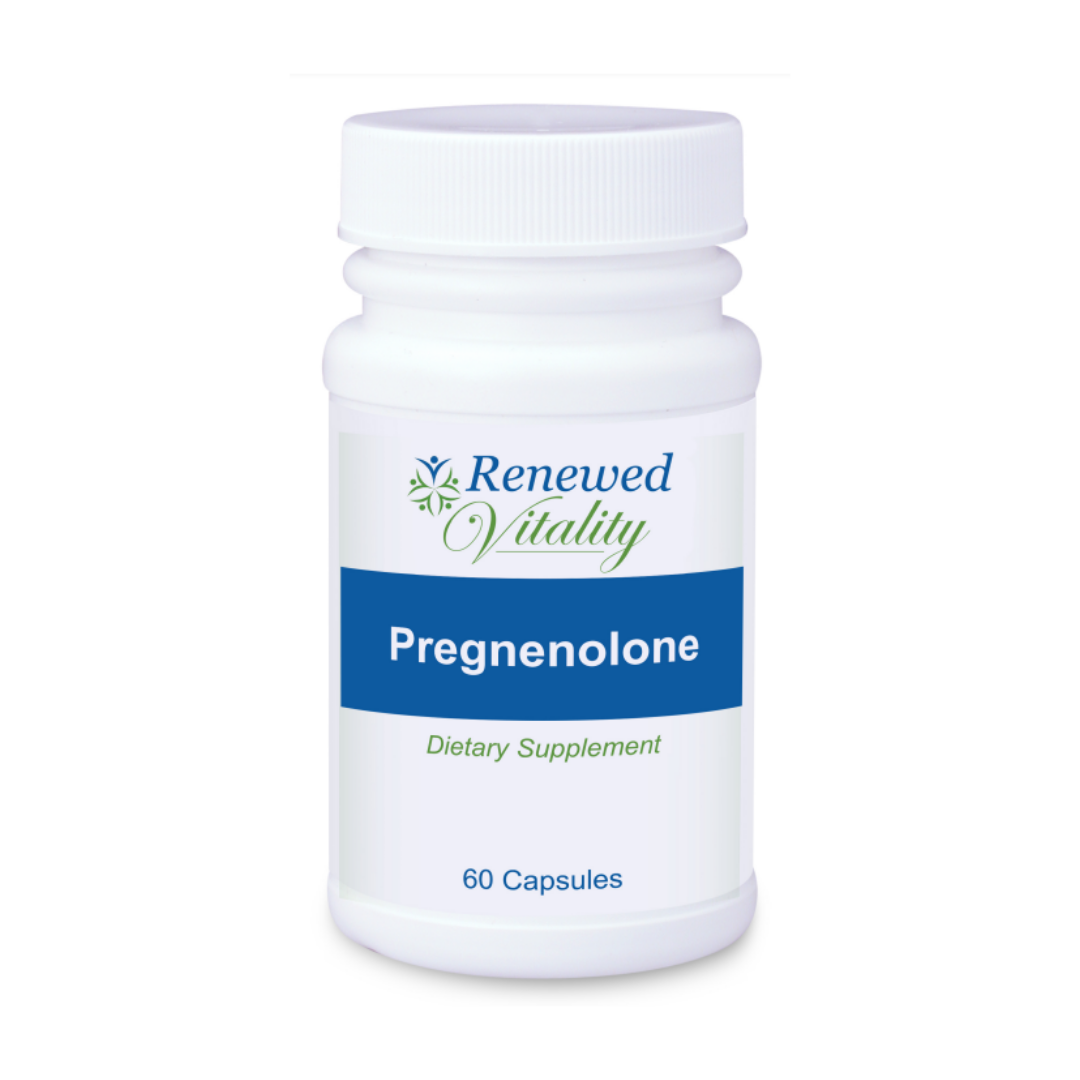
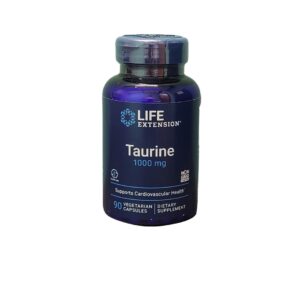
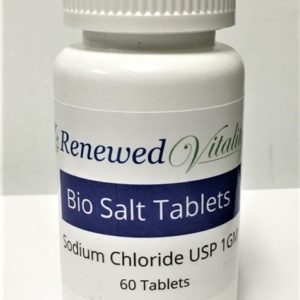
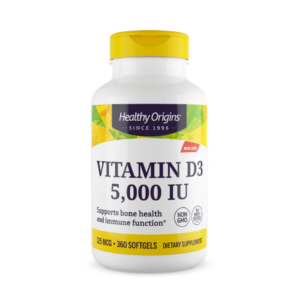
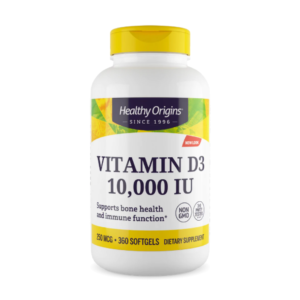
Reviews
There are no reviews yet.